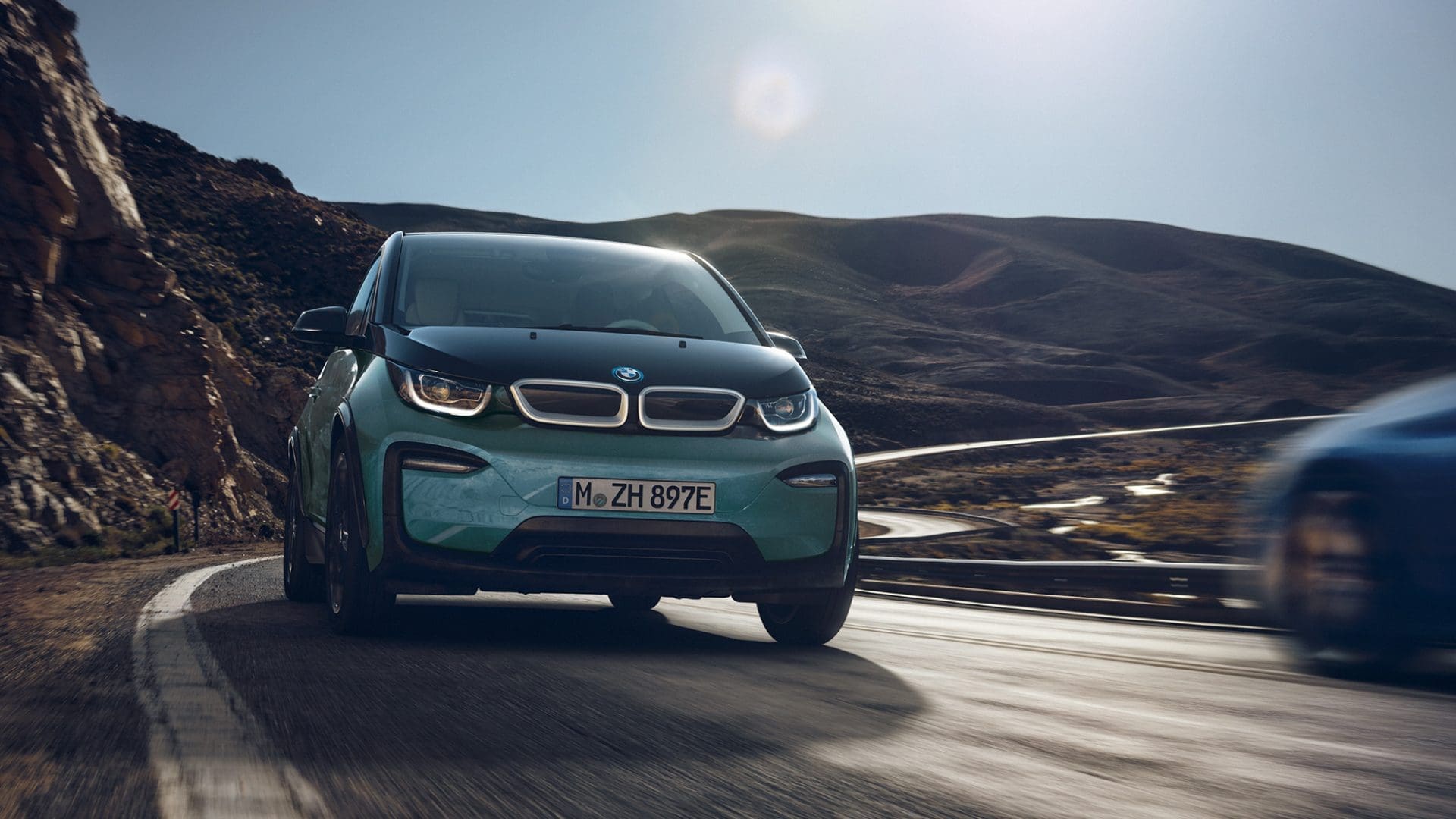Electric Vehicle Growth Is Exploding In New Zealand, Can Our Grid Handle It?
These are still very much early days in the life of electric vehicles, but around the country we’re seeing charging stations start to pop up along the state highways like mushrooms. The official plan is to have these charging stations every 75 kilometres on average along the main highways. Car manufacturers are likewise bringing a plethora of options to market. BMW has a whole line of cars hitting NZ in 2022 for example.
2021 has seen a meteoric spike in new EV registrations. If EV was a stock, I’d be a very happy boy right now. As a share of registrations EV’s make up 8.76%. The Ministry of Transport projected that by the late 2020s 10% of all cars will be electric.

Can Our Power Grid handle It
Earlier this year we had blackouts, and our dams faced a shortage in water due to a La Niña that had been going on since October last year. Coal in Huntly was burned to help make up supply ahead of time and other power stations had to be turned on to help make up shortfalls. In August, Transpower had to declare a grid emergency for the first time in 2o years, and turned off the power to a swathe of homes on what has been reported as being one of the coldest nights of the year.
According to Stuff Electricity Invercargill Limited [EIL] is forecasting energy use in residential homes will climb from 8000kwh per year to 12000 to 13000kwh.
Infometrics.co.nz helpfully ran the numbers for us back in 2018. They might be a little old now, but I think they still give a clear glimpse of the hurdles we’re going to have to clear on the path to a fully electric fleet.
For New Zealand’s fleet of 4 million (now in 2021 4.4 million) hypothetical electric cars to all be charged at the same time, we’d require 8,100 and 9,000MW. According to Transpower, current electricity generation stands at 9,284 mega watts.
So at face value it looks like if we decided to all run our cars flat at the exact same time and plug them all in, we could bring the countries grid to its knees. Obviously real life isn’t as simple as a quick paper sum.
Dr Marcos Pelenur came into EV’s defence that smart charging will mitigate load issues, in much the same way that hot water cylinders already do. Not only that but EV’s can feed power back into the system if required, providing natural load balancing. With faster and larger demand for power gives more providers incentive to invest further as well. Of course EV providers are already providing their own solutions in the form of Tesla’s Power wall, a solar panel system that provides energy backups and 24/7 outage protection. EV users in general tend to be big into getting free power wherever they can, whether they’re scrapping each other for the one fast charger in the parking lot down the road from their house or installing solar panels. According to BMW “More than 30% of BMW EV customers invested in residential solar.”
It’s not clear whether these people are getting solar panels because they got an EV, or whether the sort of people who would want an EV are the sorts of people who would already have solar.
Either way New Zealand’s grid is going to have to grow, and it is with various projects in the pipeline, including Contact Energy’s new Geothermal plant in Taupo bringing in an added 150 MW.
Hopefully our grid can grow uniformly with demand, with or without EV’s as a factor.

